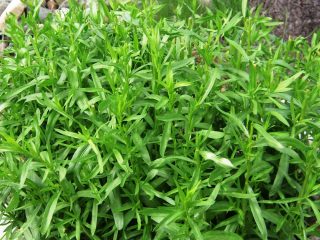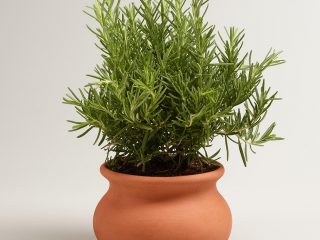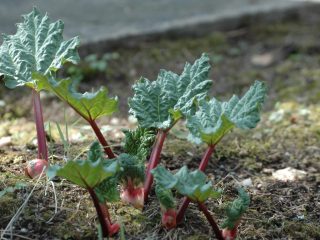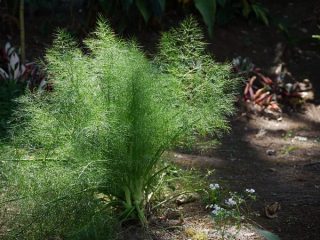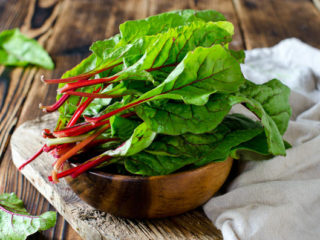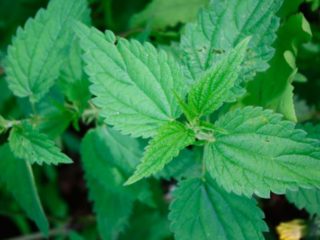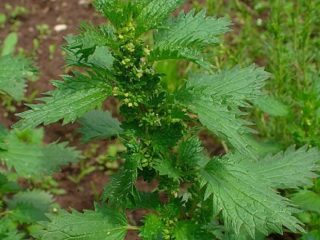Content
Thyme (thyme) is an aromatic hot spice. In cooking, it is used to add to various dishes and create aromatic mixtures. If desired or necessary, you can replace thyme in the recipe with other seasonings.
Description of seasoning
Traditionally, the seasoning is made from the leaves of common thyme, although other types are also suitable. The aroma of the spice depends on the raw material. Thyme leaves are used fresh or dried. The spice has a sharp, bitter taste. The aroma is strong but pleasant, reminiscent of anise or cumin.
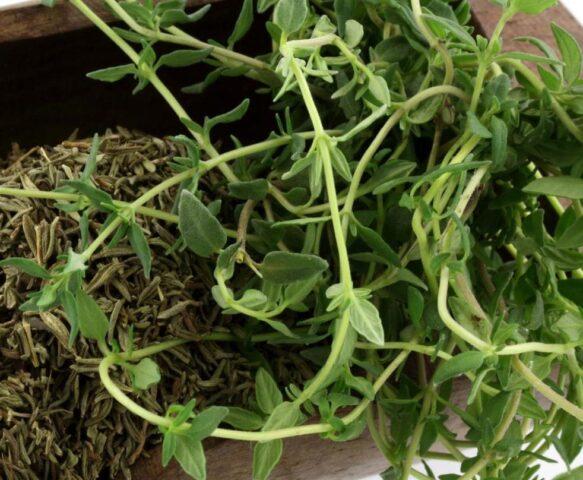
Dried thyme branches are threshed and sifted, removing woody parts of the stem, but the leaves are not crushed
Where to add fresh and dried thyme
In cooking, thyme is added to all kinds of dishes and drinks. The scope of application is wide:
- meat and poultry dishes - stewed, grilled, stew, roast;
- sausages;
- fish;
- cheeses;
- salads;
- broths and soups;
- dishes made from mushrooms, eggs, eggplants;
- fried potatoes;
- sauces;
- desserts - creams and curds, jelly, often mixed with lemon zest;
- canned food;
- alcoholic beverages;
- preservation of cucumbers;
- fragrance for cocktails, vinegar;
- tea additive;
- brewing with other herbs.
Thyme is popular in Mediterranean cuisine.In Italy, olives are marinated with it, in France they are added to confit (canned meat). Americans season thick soup gumbo (gumbo) and jambalaya (rice dish) with thyme.
Thyme is used as an independent seasoning or as an ingredient in an aromatic mixture. The following variations are popular:
- Bouquet Garni - dry thyme and parsley wrapped in laurel leaves, other components may be added.
- Herbes de Provence is a combination of thyme with basil, rosemary, sage, peppermint, oregano, marjoram and garden savory.
- Creole seasoning (Cajun - thyme with basil, oregano, salt, several types of peppers, paprika, onion and garlic.
- Dukkah – thyme with coriander, cumin, black and red pepper, salt and sesame seeds or nuts.
- Za'atar (Zakhtar) is a mixture of thyme, sumac and sesame seeds.
How to use it correctly
Thyme is added little by little. To better reveal the aroma, add the spice at the beginning of cooking or 15-20 minutes before the end if the mass is liquid.
If necessary, chop the thyme with a knife or hands and grind it. This should be done immediately before adding to other foods to preserve the flavor.
Add just a little thyme:
- ½ tsp. in side dishes, main dishes;
- ¼ tsp. in desserts;
- 1-2 sprigs for meat and fish.
It is important to store thyme correctly so that it retains its taste and aroma and does not spoil. It is better to keep the seasoning in an airtight glass container. The storage location should be dry, dark and cool.
How can you replace thyme in cooking?
Thyme is not always available, especially fresh. The plant causes allergies in some people.In this case, it is useful to know what seasoning can replace thyme.
Carnation
An alternative to thyme in some cases is cloves. These are dried, unopened buds of the clove tree. As a substitute for thyme, the seasoning is best used for preparing marinades. There are other options:
- sausages;
- canned fish;
- pates;
- canned stewed meat;
- strong meat broth;
- sauce for poultry.
Add cloves at the end of cooking, as they lose their flavor when cooked.
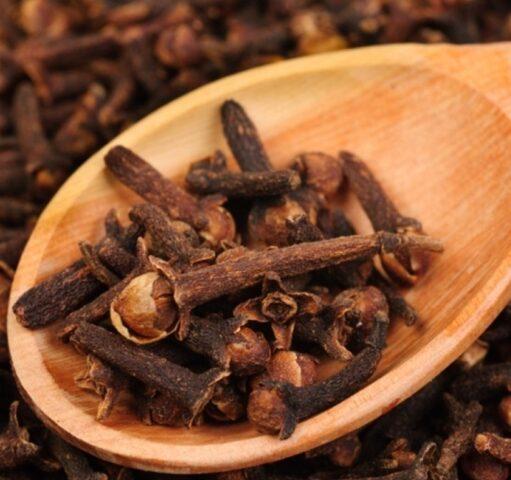
Whole clove buds are usually used as a seasoning - in ground form they are of little use and quickly lose their consumer properties.
Coriander
Dried thyme can be replaced with coriander. Dried seeds of the plant are used as a seasoning. Fresh coriander is called cilantro. Instead of thyme, the seasoning is best used for marinades. Replacement is also suitable in other cases:
- salting meat;
- fish;
- stew;
- canned meat and fish;
- sausages.
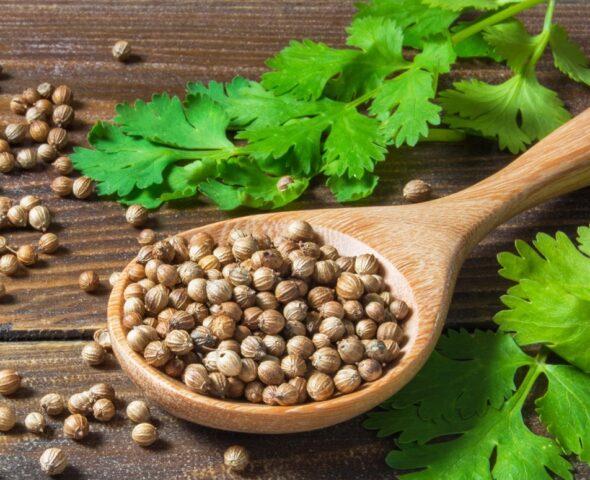
Fresh coriander (cilantro) is added to salads, soups, meat
Zira
The spice cumin is obtained from the dried seeds of the plant of the same name. They are used whole, crushed, ground. Zira has a pronounced bitter aroma with a nutty undertone. Instead of thyme, it is used in the following cases:
- meat;
- marinades;
- sauces;
- pilaf;
- vegetable stew;
- soups.
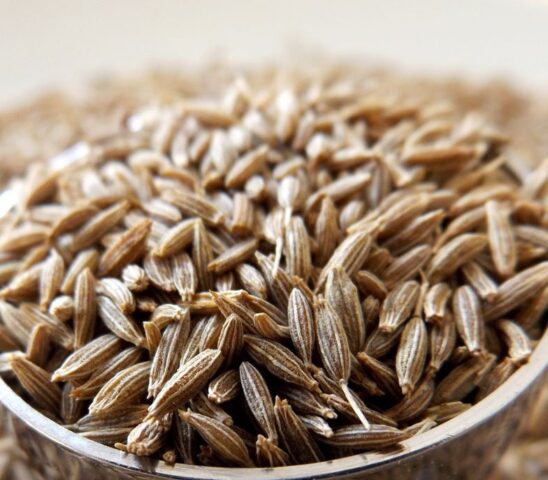
The aroma of cumin becomes stronger when ground or fried.
Sage
Sage goes well with thyme and can serve as a substitute. The leaves of the plant, which have a spicy aroma, are used in cooking. They are used fresh or dried. For seasoning, clary sage is mainly used; in addition to its leaves, its inflorescences are also used. The spice has a rich aroma, so add it little by little.
Instead of thyme, sage is suitable for the following products:
- fish;
- meat;
- bird;
- vegetables;
- mushrooms.
Sage is good for marinades. A little ground spice or fresh leaves are added to the first courses, which are then removed.
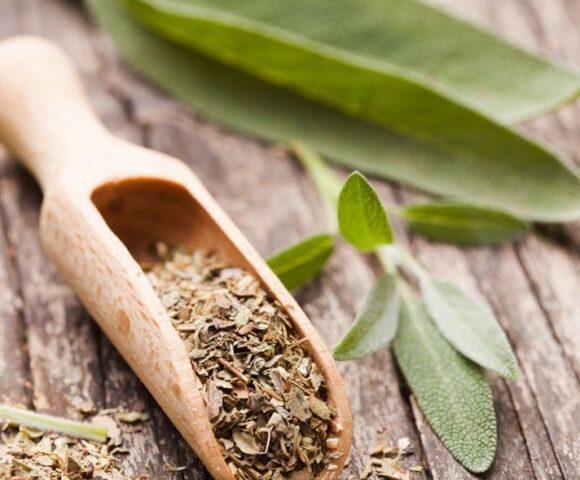
It is better to chop dried sage immediately before adding it to a dish to preserve the aroma as much as possible.
Saffron
This spice is one of the most expensive. To obtain it, the stigmas of saffron sativum flowers are dried. The spice has a bitter-spicy taste and a strong aroma. Instead of thyme, saffron can be used in the following dishes:
- pilaf;
- broths;
- meat - lamb, lamb.
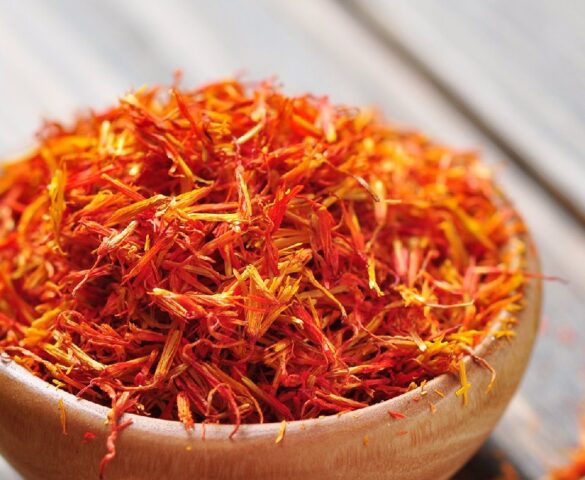
Due to its high cost, saffron is often replaced with safflower or turmeric, which are many times cheaper and less aromatic.
Star anise
The fruits of star anise, also called star anise, are used as a spice. It has a bittersweet taste and pronounced aroma. Instead of thyme, star anise can be added in the following cases:
- marinades;
- fish;
- meat and poultry dishes.
Add star anise at the beginning of cooking or 5-10 minutes before the end, then leave the dish covered.
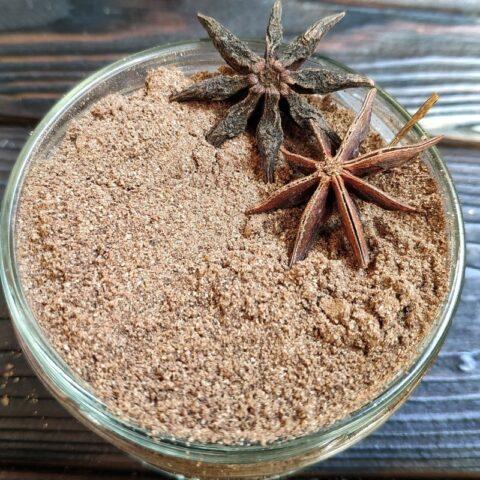
It’s better to buy whole star anise – when ground it loses some of its aroma and has a shorter shelf life
Basil
If you need to add fresh thyme to a dish, basil will serve as a substitute. The seasoning is obtained from the plant of the same name. It is used fresh or dried. The greens have a salty, slightly cooling taste, with an aroma reminiscent of allspice. It is appropriate to add seasoning instead of thyme in the following cases:
- meat and poultry dishes;
- ground meat;
- salads;
- soups;
- marinades and tomato sauces;
- canning cucumbers.
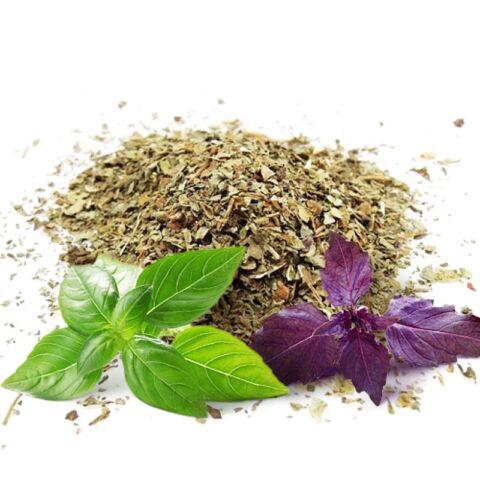
Purple basil has a sharper taste and a stronger aroma than the green variety, which is why it is best added to meat dishes
Conclusion
You can replace thyme in the recipe with basil, cloves, coriander, cumin, star anise, saffron, and sage. When choosing an analogue, it is important what dish it is needed for. If it is impossible to find thyme separately, you can use a ready-made mixture with it. Provençal herbs are most often found on sale.

